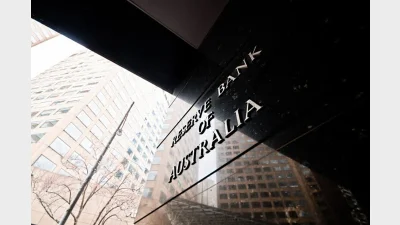ASIC issues funds with warning on IDR time-frames



Superannuation fund trustees have been warned that they may have to become more efficient in dealing with insurance within superannuation complaints, with the Australian Securities and Investments Commission (ASIC) actively considering reducing the internal dispute resolution (IDR) timeframes.
ASIC senior executive, Jane Eccleston outlined the regulator’s thoughts at the Conference of Major Superannuation Funds (CMSF) in Brisbane, noting that a number of superannuation funds were already failing to meet the existing 90-day deadline.
She pointed to data which suggested that the mean time for superannuation funds dealing with insurance-related claims was 117 days – something which she described as “very concerning”.
Looking at ASIC’s approach to the implementation of the new Australian Financial Complaints Authority (AFCA), Eccleston said it was clear that statutory timeframes would need to be addressed in any guidance ultimately issued by the regulator.
“Given the number of funds which are not meeting the statutory time-frame, this raises the question of whether it should be shorter,” she said.
Looking at insurance inside superannuation, Eccleston and other regulator representatives addressing the CMSF described it as good first step, but something which they would be continuing to monitor.
The Australian Prudential Regulation Authority’s Stephen Glenfield was closely monitoring the outcome of the Insurance inside Superannuation Working Group (ISWG).
Glenfield also pointed to the fact that APRA had decided to look more closely at post-retirement products being offered by superannuation funds, in circumstances where more money was remaining inside the superannuation system than was actually flowing out.
He said APRA would be asking funds about the sorts of post-retirement products they were offering and whether they were appropriate.
Recommended for you
The major changes to the proposed $3 million super tax legislation have been welcomed across the superannuation industry.
In holding the cash rate steady in September, the RBA has judged that policy remains restrictive even as housing and credit growth gather pace.
A new report warns super funds must rethink retirement readiness as older Australians use super savings to pay off housing debt.
An Australian superannuation delegation will visit the UK this month to explore investment opportunities and support local economic growth, job creation, and long-term investment.









